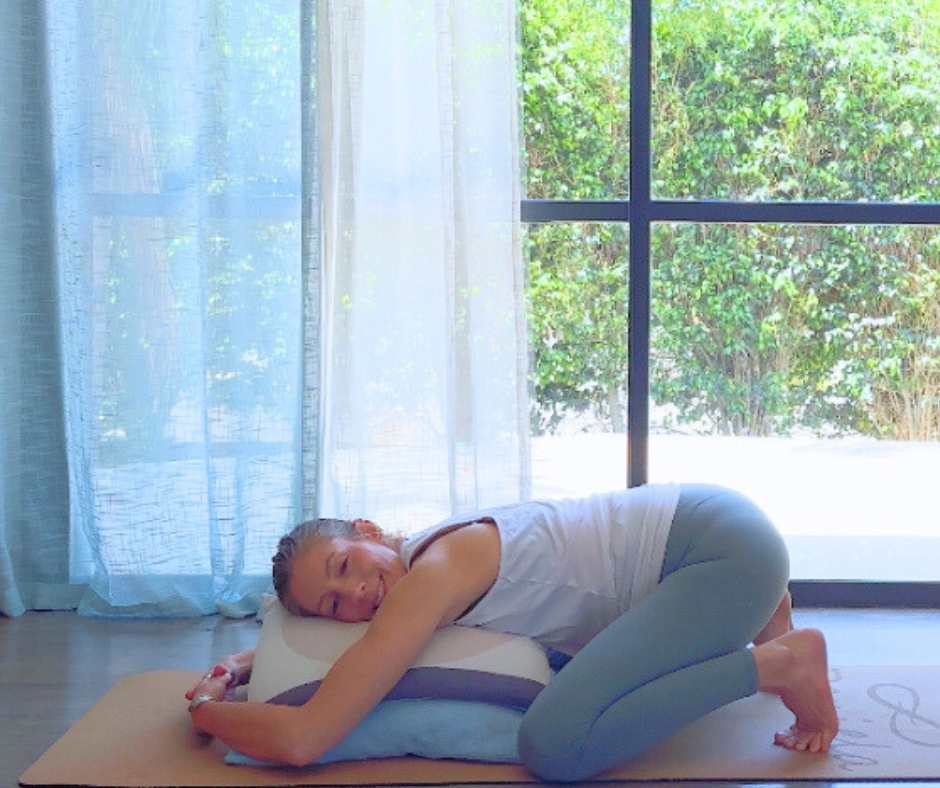Congratulations!
You found yourself here because you are newly pregnant and (morning) sickness is hitting…I get you. And I have the ‘morning’ intentionally in braces because if you`d ask me, sickness was never only a morning thing for me!
Pregnant with my first baby- a boy, I did not experience any morning sickness at all! But with my two girls after that, it hit me hard and it was an all-day-long sickness till week 20…
So I am going to tell you about my lifesavers here. Let`s dive in.
Why does nausea happen in pregnancy?
Pregnancy-induced nausea, commonly known as morning sickness, is believed to be caused by a combination of hormonal changes and physical factors. During pregnancy, elevated levels of hormones such as human chorionic gonadotropin (hCG) and estrogen can affect the gastrointestinal system, leading to nausea and vomiting. Additionally, the growing uterus can pressure the stomach, contributing to digestive discomfort. Morning sickness typically occurs during the first trimester of pregnancy, peaking around 8-12 weeks gestation, but it can persist throughout the entire pregnancy for some women. While morning sickness can be challenging to endure, it is generally considered a normal and temporary symptom of pregnancy, indicating a healthy level of hormone production.
What can we do to relieve nausea?
Luckily there are many things we can do to manage nausea, it may not always work wonders, and nausea does not magically disappear, but you may feel at least some relief trying out several things…
1. Eat Small, Frequent Meals: Consuming small, frequent meals throughout the day, rather than large meals, can help prevent feelings of nausea by keeping the stomach consistently filled with small amounts of food. That was what worked most for me, but I also know many women who could not keep even water down in their first few months.
2. Stay Hydrated: Sipping on water, herbal teas, or ginger ale can help keep the body hydrated and alleviate nausea. Avoiding dehydration is important, especially if vomiting occurs frequently.
3. Ginger: Ginger has long been used as a natural remedy for nausea. Try consuming ginger in various forms, such as ginger tea, ginger candies, or ginger ale, to help settle the stomach.
4. Avoid Trigger Foods: Identifying and avoiding foods or smells that trigger nausea can help minimize discomfort. Strong odors, greasy or spicy foods, and foods with strong flavors may exacerbate nausea in some individuals.
5. Acupressure Bands: Wearing acupressure bands on the wrists, which apply pressure to specific points believed to relieve nausea, may provide some relief for pregnant women experiencing morning sickness.
6. Rest and Relaxation: Ensuring adequate rest and relaxation can help reduce stress and anxiety, which may exacerbate feelings of nausea. Practicing relaxation techniques such as deep breathing, meditation, or prenatal yoga can be beneficial.
7. Medications: In some cases, healthcare providers may recommend over-the-counter or prescription medications to alleviate severe nausea and vomiting during pregnancy. However, it’s important to consult a healthcare provider before taking any medications, especially during pregnancy.
8. Alternative Therapies: Some pregnant women find relief from nausea through alternative therapies such as acupuncture or aromatherapy. Discussing these options with a healthcare provider can help determine if they are safe and appropriate.
9. Prenatal Yoga: Breathing deeply and stretching can open the space in your chest and abdomen, especially if you feel tight. Gentle relaxing poses may also help you feel better due to stress and tension relief.
How does yoga help?
Yoga can be a gentle and effective way to alleviate nausea during pregnancy. Certain yoga poses can help to massage and stimulate the digestive organs, promoting healthy digestion and reducing feelings of nausea. Breathing and relaxation calm the nervous system, and aid in stress relief. Gentle stretching helps you open your chest and create more space in your belly, which can be very helpful if you feel tightness in those spaces is causing you to feel nauseous and exhausted.
Enjoy this 10-minute Yoga Flow for nausea relief
Even if you don’t feel like it- try. Moving around in different ways can teach you what your body does and doesn’t need right now. In the worst case, you find out that this is not for you at all, but you may also be surprised to learn new things about your body and self!
https://youtu.be/XHRor_Og2Zs
Which yoga poses are best for nausea and safe for the first trimester?
- The cooling breath: Sitali Pranayama relaxes and cools down your body. Breathe in through your mouth and rolled-up tongue or if you cannot roll your tongue, through closed teeth and slowly out from your nose.

- Bound Angle Pose: Sit on a cushion with the soles of your feet connected. Breathe deeply. This creates space in your abdomen and hips

- Reclined Bound Angle Pose: In Bound Angle pose lean back on your bolster. Breathe deeply into your open chest.

- Supported Childspose: Take your knees wide apart and lean forward, bring your forearms to the mat and your head onto a large bolster. Relax and breathe deeply.

- Savasana: Lay on your (left) side with a pillow between your legs, behind your back, and under your head. Don`t hesitate to prop up till you’re really comfortable! Relax and breathe deeply- stay for a few minutes.

Embrace!
The key is to try out several things and learn what helps you best in which situations. There might be situations where you find you can get relief, and there may be situations where nothing helps at all. Then you`re left to try and embrace the change. Think about the growing life in your body and know that this feeling won’t last forever!

